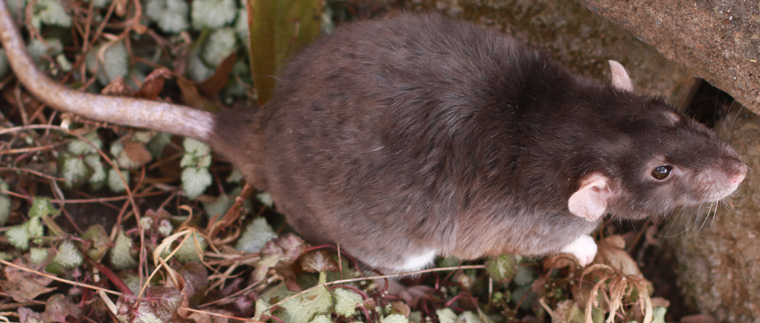-
info@aaanimalcontrol.com
Call us for help in your town
Humane Wildlife Education
What purpose do rat tails serve?
Need rat removal in your hometown? We service over 500 USA locations! Click here to hire us in your town and check prices - updated for year 2020.
One of the most unusual things about a rat is the extremely long tail that these rodents have. In comparison to virtually any other rodent, the rat dominants in comparison to the other because its tail is often even longer than its body length. This is what makes it so unusual.

You may wo
nder though why do rats have tails? It would seem that having a long tail like that would be more of an inconvenience than a benefit to the rat, so why does it have one.
Understanding the rats tail begins with a little anatomy. The tail is actually an extension of the rat’s vertebral column. Coming out the back of the rat, the tail extends in a long cylindrical extension that contains three different concentric layers. The innermost core is made of bone, which is then surrounded by a layer of tendons. That is then surrounded by both blood vessels and skin. Combined, those three layers make up the tail of a rat.
That anatomy is because it plays a significant role in the function of the rat’s tail. The first one of these functions is thermoregulation. What this means is that it is a heat-loss organ which is perfect for helping to release excess heat from the rat’s body. Due to the fact that the tail has no fur on it and blood vessels running through this extension makes it so that the mobile of heat from the rat’s body is quite an easy process.
It is actually through the tail that a rat is able to control body heat. When the temperature rises, the vessels that are side the tail began to swell, which permits the warmer blood to flow into the tail area. There is transferred through the tail to the outside so that temperature of the rat reduces.
In addition to helping around maintain a proper body temperature, the other purpose for the tail balance. If you have seen a rat climbing across a rope or other small width structure you have probably noticed how amazing their balance is to remain on that rope without falling off. That is one of the important roles where the tail assists.
The tail helps to provide a needed center of gravity which ensures that the rat is able to stay balanced on the rope. You probably have even noticed that many rats can stop in the center of a piece of rope and turn their bodies so that they are able to lean down to grasp at something they see that they are trying to reach. The tail allows them to continue to maintain their balance without a need to hold onto the rope with their front paws. This then makes it so that they can use their paws for other tasks, such as grabbing food below.
It’s quite amazing how the structure has become such an important tool in assisting a rat to have the proper body temperature and an ability to more easily navigate through the challenges of life.
For more information, you may want to click on one of these guides that I wrote:
How much does rat removal cost? - get the lowdown on prices.
How to get rid of rats - my main rat removal info guide.
Example rat trapping photographs - get do-it-yourself ideas.
Rat job blog - learn from great examples of rat jobs I've done.


















